An overview of Europe prior to the Aryan invasions circa 4000 BC.
The Stone, Bronze, and Iron Ages (notes added):
Lower Paleolithic 2.5M - 200,000 Middle Paleolithic 200,000 - 40,000 Upper Paleolithic 40,000 - 8000 BC Mesolithic/Epipaleolithic ambiguous bounds Neolithic 8000 BC - 3000 BC Bronze Age 3000 BC - 1000 BC Iron Age 1000 BC - now
The Pleistocene is the geological epoch which lasted from about 2,588,000 to 11,700 years ago. The Holocene is an interglacial (relatively warmer) period lasting from about 11,700 years ago until today.
Doggerland, Wikipedia:
Doggerland is a name given by archaeologists and geologists to a former landmass in the southern North Sea that connected the island of Great Britain to mainland Europe during and after the last Ice Age, surviving until about 6,500 or 6,200 BCE and then gradually being flooded by rising sea levels. Geological surveys have suggested that Doggerland was a large area of dry land that stretched from Britain’s east coast across to the present coast of the Netherlands and the western coasts of Germany and Denmark.[2] Doggerland was probably a rich habitat with human habitation in the Mesolithic period.
Carleton S. Coon, Wikipedia.
Multiregional origin of modern humans, Wikipedia.
From the introduction to The Races Of Europe, by Carleton Stevens Coon, published in 1939:
We suggest that the ancestors of the whites in their major form developed during pluvial [rainy] periods of the Pleistocene in parts of what is now the arid zone reaching from the Sahara to northern India; that in post-glacial times many were forced out of these homes by desiccation, and that some of them originated agriculture and animal husbandry in northeastern Africa and southwestern Asia. From these centers agricultural pioneers followed post-glacial zones of climate into Europe, gradually encroaching upon the lands formerly glaciated. In most of the regions which they occupied they greatly outnumbered the descendants of the hunters and fishers whose ancestors had clung on since glacial times, and many of whom had followed the retreating ice toward its last melting nuclei.
At any rate, the main conclusion of this study will be that the present races of Europe are derived from a blend of (A), food-producing peoples from Asia and Africa, of basically Mediterranean racial form, with (B), the descendants of interglacial and glacial food-gatherers, produced in turn by a blending of basic Homo sapiens, related to the remote ancestor of the Mediterraneans, with some non-sapiens species of general Neanderthaloid form. The actions and interactions of environment, selection, migration, and human culture upon the various entities within this amalgam, have produced the white race in its present complexity.
From JR’s Rare Books and Commentary, Who We Are: a Series of Articles on the History of the White Race (PDF), by William Luther Pierce:
No people is morally and spiritually healthy unless it is imbued with a strong sense of its own identity. Essential to that sense of identity are an awareness and an understanding of all the qualities which the members of the people share in common.
It is doubly imperative that every man and woman who claims the privilege of membership in a community based on the bonds of common race and common culture knows and takes pride in his racial and cultural history, for in this history are all the elements which give his community its unique character and differentiate its members from all those who are not members.
When such knowledge and pride are lacking, a community is subject to a host of ills and cannot long endure. Solidarity and a sense of responsibility to the community give place to special-interest factionalism and alienation. A lack of a sense of identity blurs the distinction between compatriot and stranger, between friend and foe, and leaves the community prey to the greed or malice of aliens as well as of its own pathological members, who will grow mightily in numbers as loss of identity proceeds.
The podcast will be broadcast and available for download on Tuesday at 9PM ET.
Podcast: Play in new window | Download





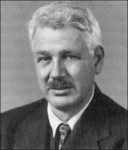





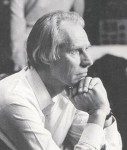
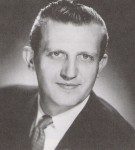
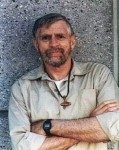
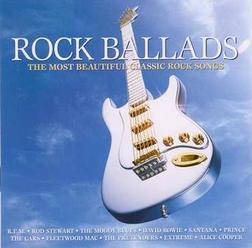 October 20, 2012
October 20, 2012